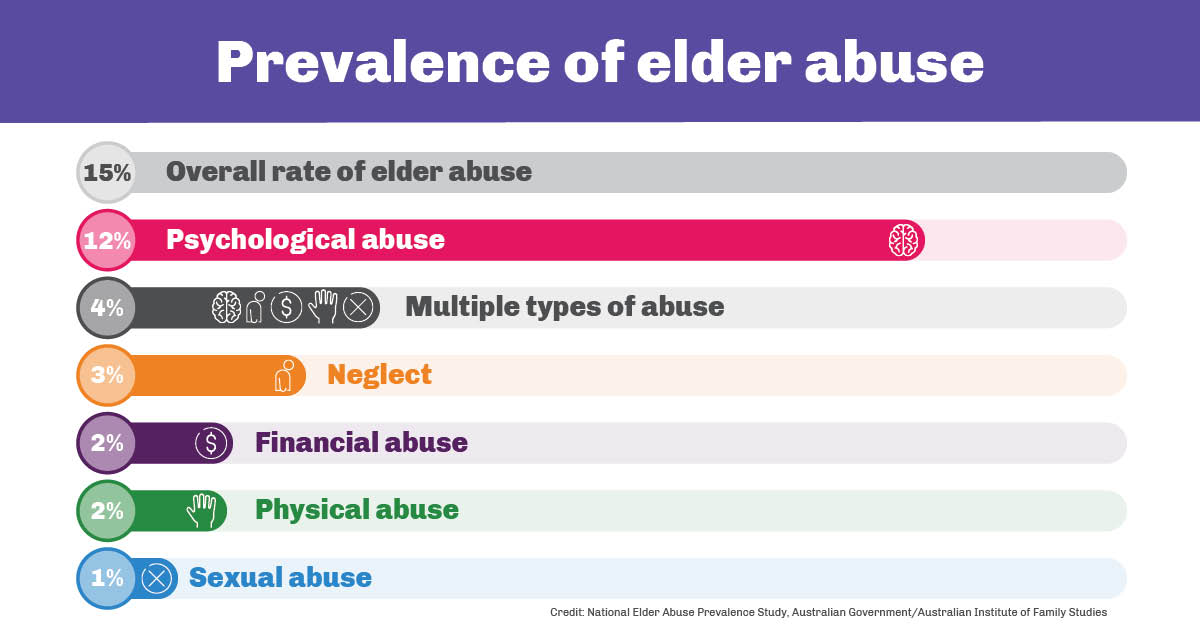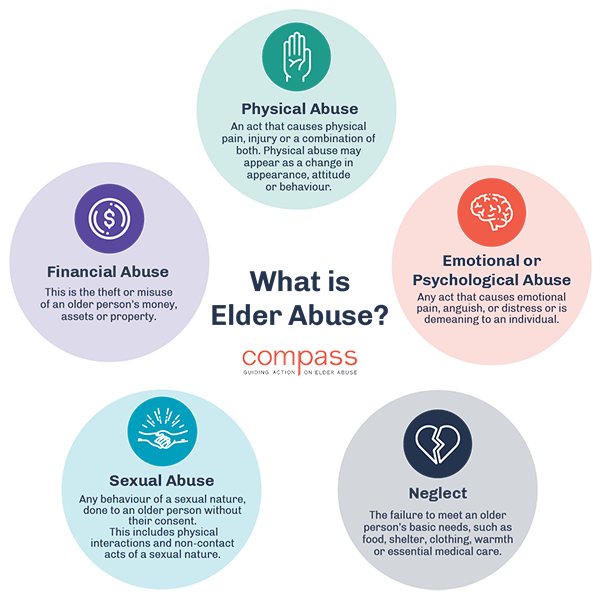The World Health Organization (WHO) defines elder abuse as a single or repeated act, or lack of appropriate action, occurring within any relationship where there is an expectation of trust, which causes harm or distress to an older person.
In Australia, elder abuse is increasingly reported. For example, the Royal Commission into Aged Care, Quality and Safety revealed shocking problems in residential aged care.However, abuse also occurs outside institutional settings as reported in the National Elder Abuse Prevalence Study released in December 2021 and conducted by the Australian Institute of Family Studies.
Elder abuse is a serious problem in Australia. It is an issue that needs policy attention, especially because of our ageing population. ABS population projections indicate that over the next 25 years the number of older people (aged over 65 years) will double to around 9 million Australians.
This report summarises the findings of the Survey of Older People (SOP), a nationally representative survey of 7,000 people aged 65 and over living in community dwellings.


According to the WHO, ageism refers to the stereotypes (how we think), prejudice (how we feel) and discrimination (how we act) towards others or oneself based on age.
Ageism is gaining recognition for the detrimental impact it has on people young and old, and the UN has launched a global report on ageism.
In Australia, the Benevolent Society’s EveryAGE Counts advocacy campaign recognises that ageism is not benign or harmless, because it impacts confidence, quality of life, job prospects, health and control over life decisions.
Ageism has serious and wide-ranging consequences for people’s health and wellbeing. Among older people, ageism is associated with poorer physical and mental health, increased social isolation and loneliness, greater financial insecurity, decreased quality of life and premature death.
It is impossible to address elder abuse without addressing ageism. EAAA encourages you to visit the EveryAGE Counts campaign website to take the ‘Am I ageist’ quiz and pledge to stand for a world without ageism.